A Guide to Food Preservation
$164.99
ISBN: 9781645340485
Binding: Hardcover
Year: 2021
Pages: 368
Author: Primula Martins
eISBN: 9781645340621
The book “A Guide to Food Preservation” takes into consideration the root idea and methodology, which can be used for a successful display of various parts and ways for the preservation of food particles. Does the book define why food should be preserved? Moreover, what are those ways through which food can be preserved effectively? The book specifically proclaims about the various types of methodology and effective ways that can be used to provide an efficient and effective direction by which the reader of this book can acquire effective and efficient knowledge about the preservation of food particles. There are various chapters along with the book, which provides an efficient guide to the reader. For example, chapter 1 introduces the part of food preservation, which ratifies the introductory part of food preservation and also defines the overall scientific technique which is required for a food processing industry to get their job done. The chapter also defines some of the very crucial aspects of scientific and technological regions, which can help the reader to get a positive and sufficient idea about the overall summary of the book.
Though, chapter 2 claims about the physiological changes within fruits and vegetables after their harvest. The harvest of various fruit and vegetables lead to a decrease in the number of proteins and nutrients among the harvested fruits and vegetables. The chapter describes what measures should be taken by the respected food processing industries to preserve the necessary nutrients within the food particles after their harvest. Also, the chapter describes the changes in the physiology of fruits and vegetables. However, chapter 12 describes the pH value or the level of acidity within the food preservation. The chapter delineates the idea of various preservation techniques that must be used for various types of food products because the level of acidity which exists within various types of fruits and vegetables such as tomatoes or lemons need a separate type of food preservation to preserve the food particles by maintaining its nutrient to the sufficient level.
Chapter 20 puts light on the usage of the activity of water for the preservation of food particles. The chapter highlights the necessary level of water, which must be present within the preservation of food particles as the water level may cause the oxidization within the food particles and thus lead to the growth of microbes and other bacteria within the food particles. However, chapter 24 describes the necessity for the sterilization and canning of food particles. The effective sterilization of food particles under the recommended temperature would lead to a decrease in the chances of growth of microbes within food particles, and also canning of food particles assist the food to remain fresh and healthy.
Hence, these are some of the examples of the chapters which exist in the book and also will provide significant support to the reader to earn a significant knowledge on the basics of food preservation.
Table of Contents
Only logged in customers who have purchased this product may leave a review.

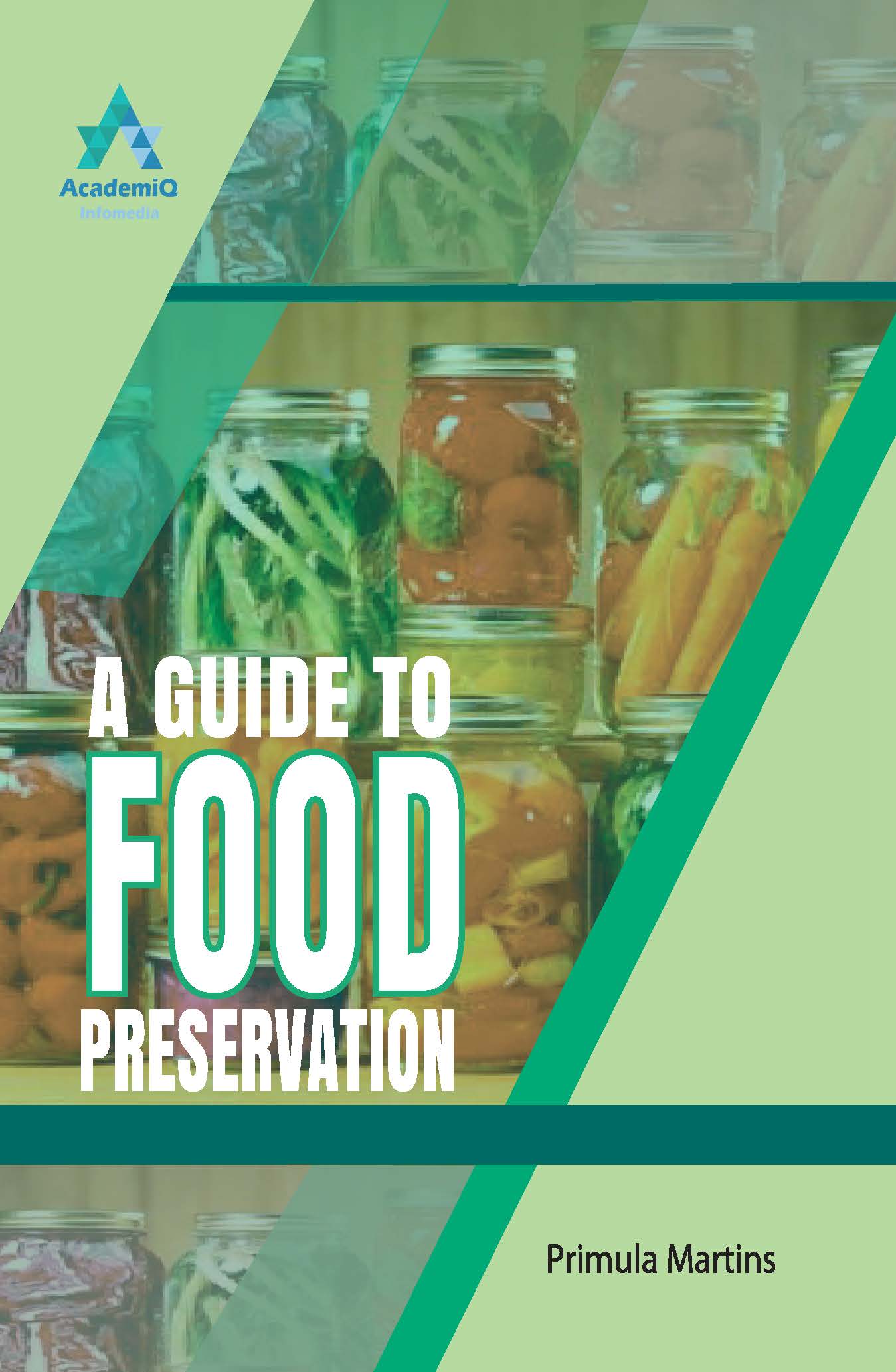

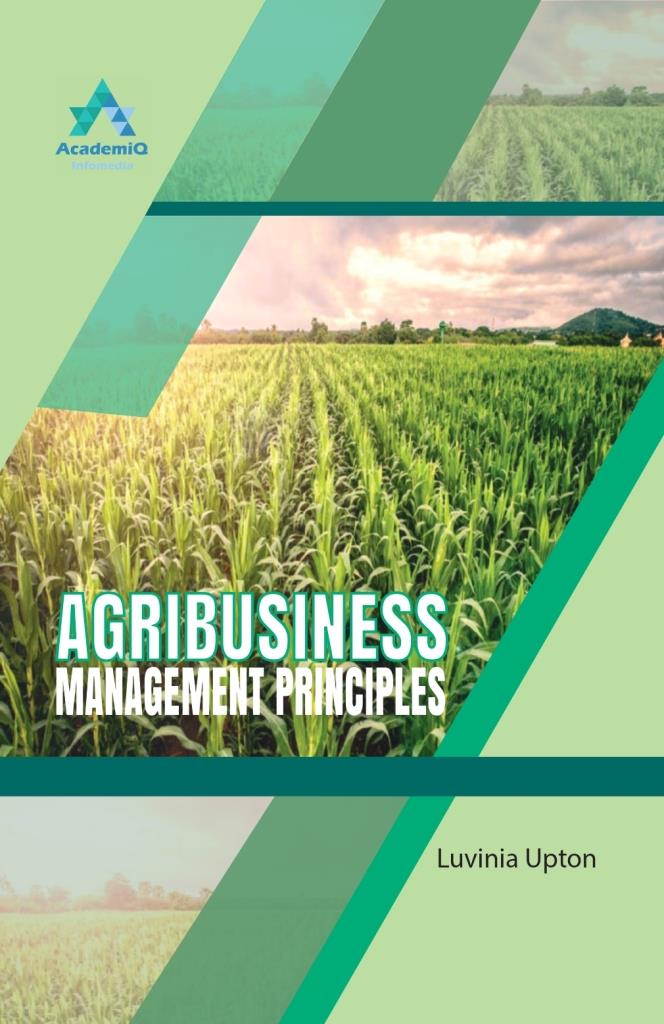

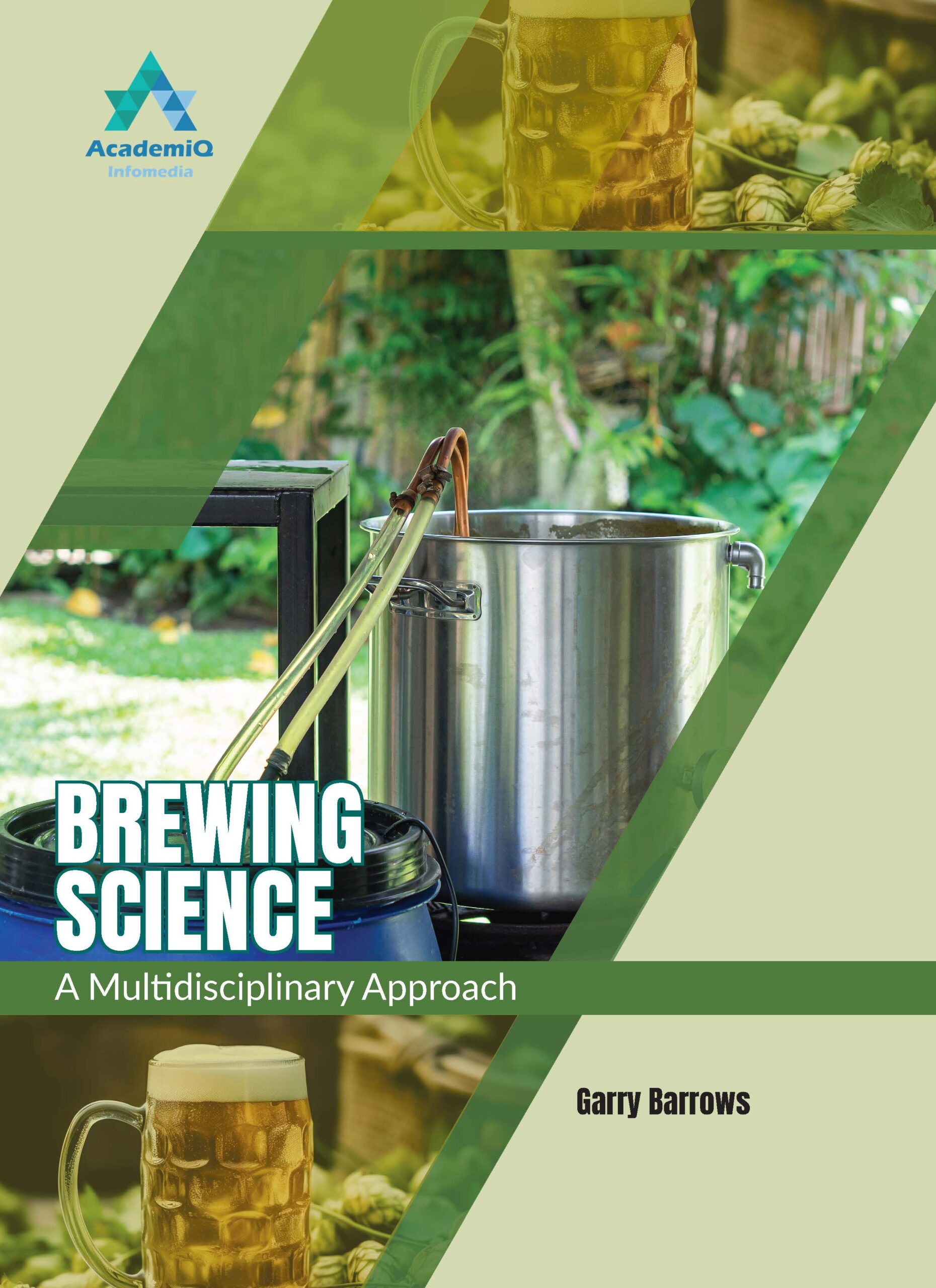

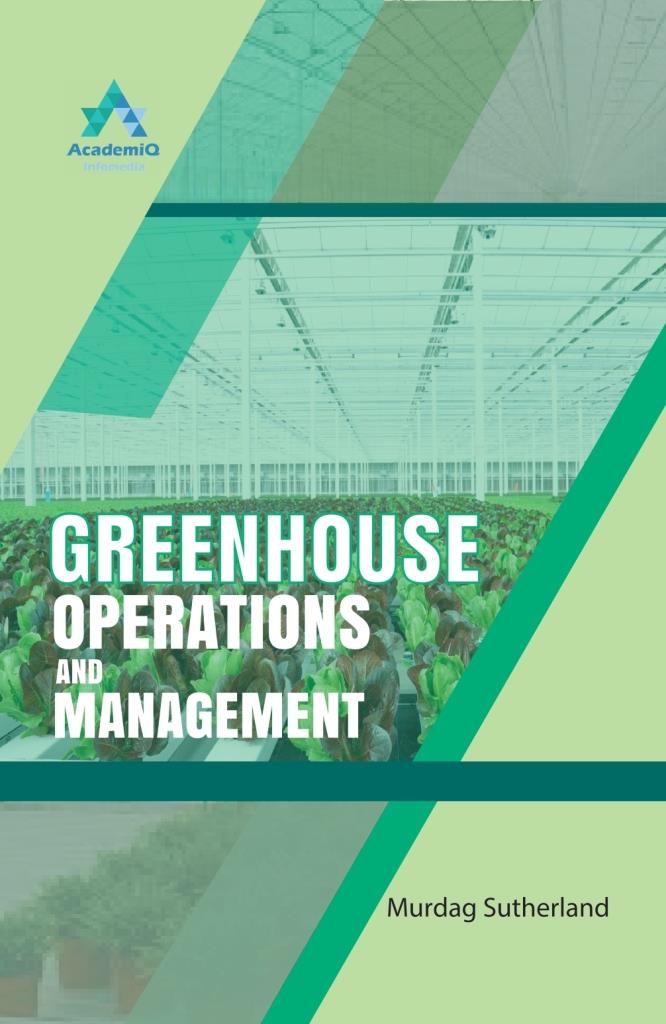
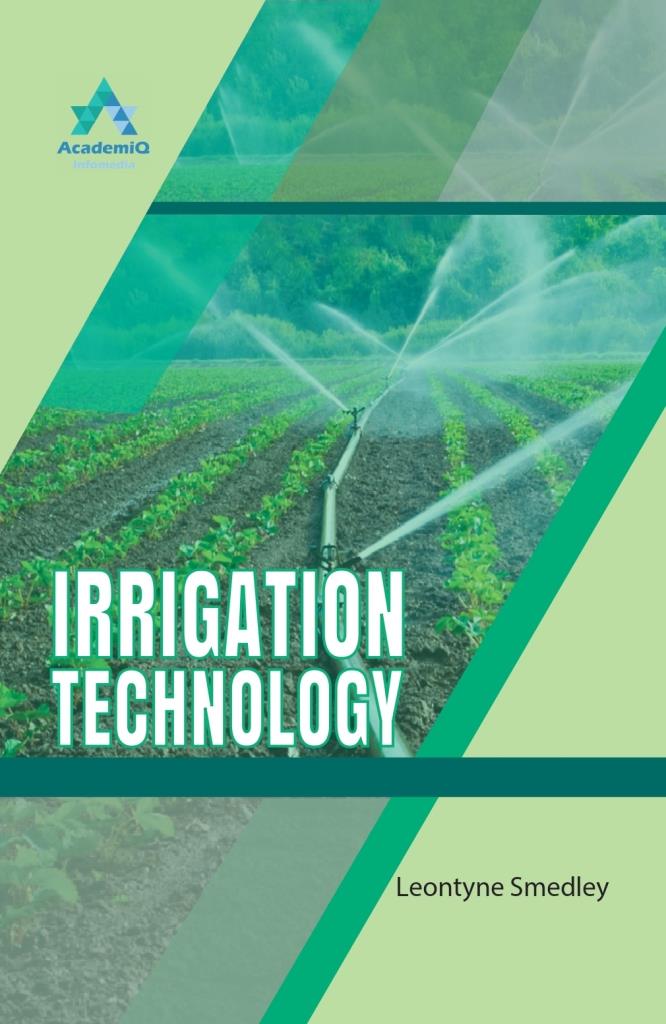
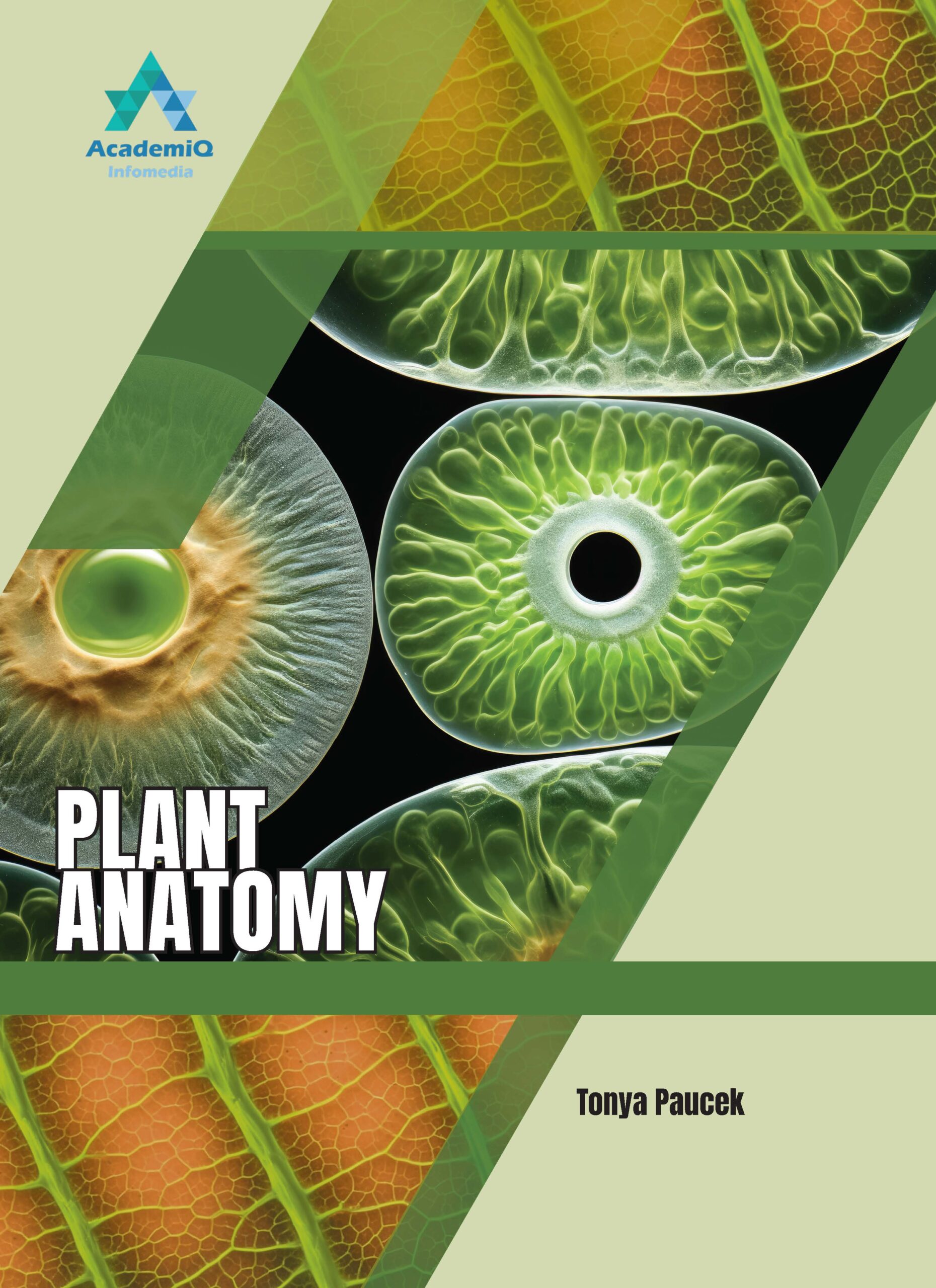
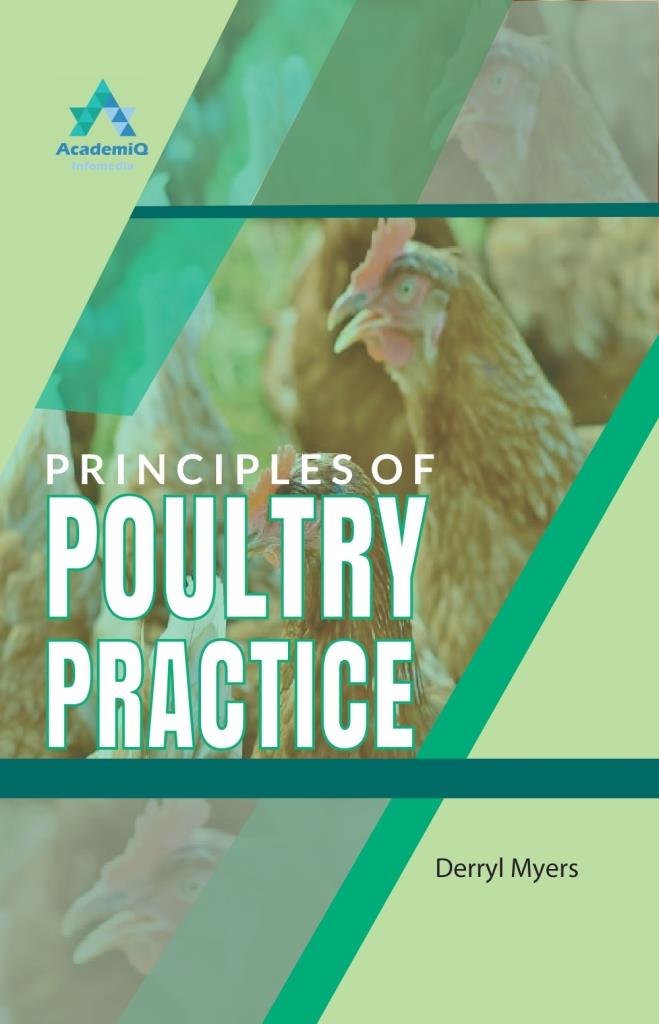
Reviews
There are no reviews yet.